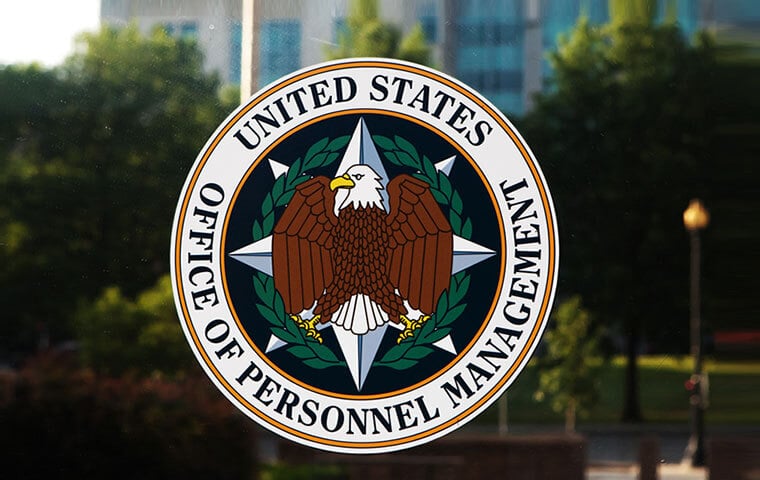 The agency has toggled between technology-based approaches and more personnel-based approaches, searching for the right balance and approach to a high volume administrative mess. Image: Mark Van Scyoc/Shutterstock.com
By: FEDweek Staff
The agency has toggled between technology-based approaches and more personnel-based approaches, searching for the right balance and approach to a high volume administrative mess. Image: Mark Van Scyoc/Shutterstock.com
By: FEDweek StaffActing OPM director Rob Shriver told a House hearing recently that it has made “significant progress” in processing retirement claims although acknowledging that “there is more to do.”
The hearing was the latest forum in which members of Congress raised the issue of the time it takes for new federal retirees to begin receiving their full benefits, reflecting concerns from their constituents about the process taking many months or even beyond a year in some cases. In the meantime, retirees receive partial benefits, but in some cases—particularly involving complex careers in which the employee had moved in and out of government—those are far below the full benefit level.
Such complaints have been a long-running issue at OPM, with the agency at times focusing more on technology-based approaches and at other times more on personnel-based approaches. It also has emphasized that some of the delays that new retirees experience relate to processing at the employing agency before the application is forwarded to OPM, and that errors in applications can slow the process by requiring back-and-forth among OPM, the agency and the retired individual.
Shriver said that over the two years starting in April 2022, the inventory had been cut by more than half to just above 16,000 and average processing time—once an application reaches OPM—has been cut by nearly a third to 61 days on average. “I recognize that some retirees’ benefits applications take longer than average to process, and OPM is focused on further addressing processing times and other issues, such as improving communication with retirees,” he said in his statement.
He said OPM has taken personnel-based steps including: increasing staff for processing applications and for customer-facing functions such as the customer service line; boosting employee training; borrowing manpower from other agencies for the surge in applications that occurs around the turn of each year; providing new guidance for retirees; and improving online services; and reorganizing the retirement services branch.
He also cited IT-based initiatives including a “modernization strategy that charts a path to digitize what has long been a paper-centric retirement application process.” That will feature, he said, a new online annuity calculator, a portal that will allow retirees, agencies, and payroll providers to submit retirement applications online, and an “end-to-end platform for accepting, storing, and managing digital retirement applications.”
However, he cautioned that “This strategy is a multi-year effort that will require significant and sustained investment and partnership from Congress to succeed. While OPM works to build and implement new systems, we will need to rely on our legacy systems to ensure that services to annuitants and their families continue. The next few years will be critical for OPM as we begin execution of the digital strategy and develop several key new systems.”
OPM Advises Agencies on Conducting RIFs During Shutdown
Updated Shutdown Contingency Plans Show Range of Impacts
Use Shutdown as Justification for More RIFs, OMB Tells Agencies
Unions Win a Round in Court Disputes over Anti-Representation Orders
Deferred Resignation Periods End for Many; Overall 12% Drop
Senate Bill Would Override Trump Orders against Unions
TSP Adds Detail to Upcoming Roth Conversion Feature
See also,
Legal: How to Challenge a Federal Reduction in Force (RIF) in 2025
How to Handle Taxes Owed on TSP Roth Conversions? Use a Ladder
The Best Ages for Federal Employees to Retire
Best States to Retire for Federal Retirees: 2025
Retention Standing, ‘Bump and Retreat’ and More: Report Outlines RIF Process

